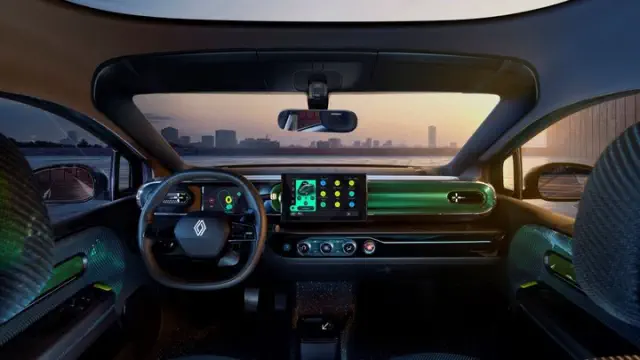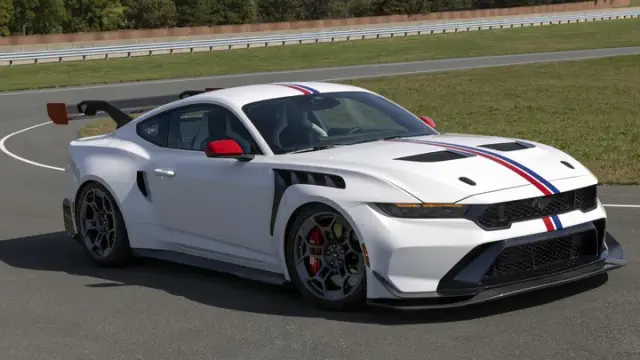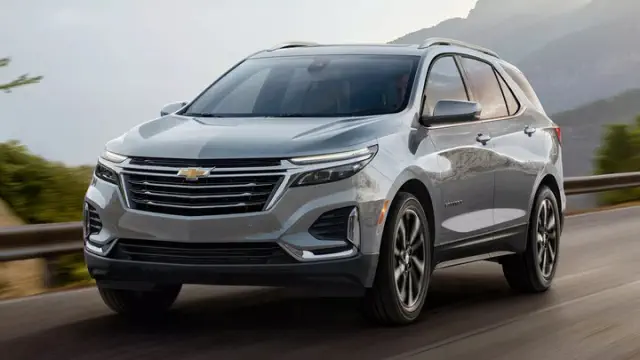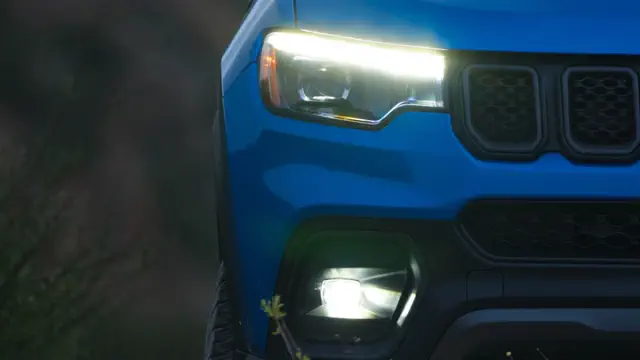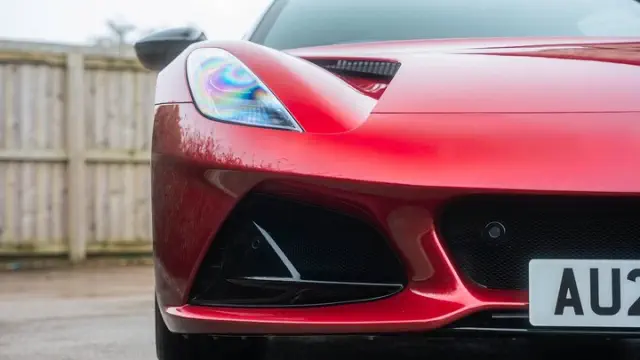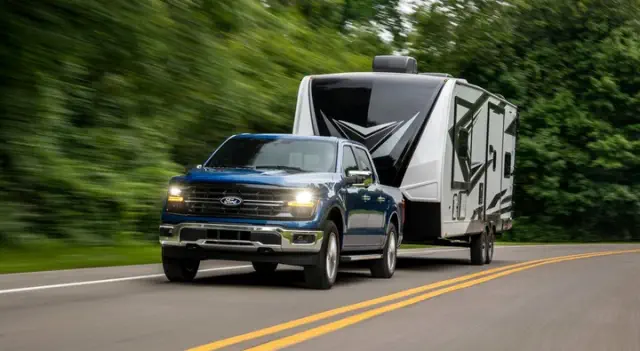Fast Access
The Ford Tempo is one of those cars you used to see everywhere before it faded into the annals of history - a dependable, but fairly run-of-the-mill compact that ran for two generations during the 1980s and early 1990s. The most exciting thing about this car was that it was Ford's first production passenger sedan to offer all-wheel drive, from 1987 to 1991, for improved traction and handling on wet roads. Beyond that, it's difficult to find anything all that interesting to say about this car from a mechanical perspective.
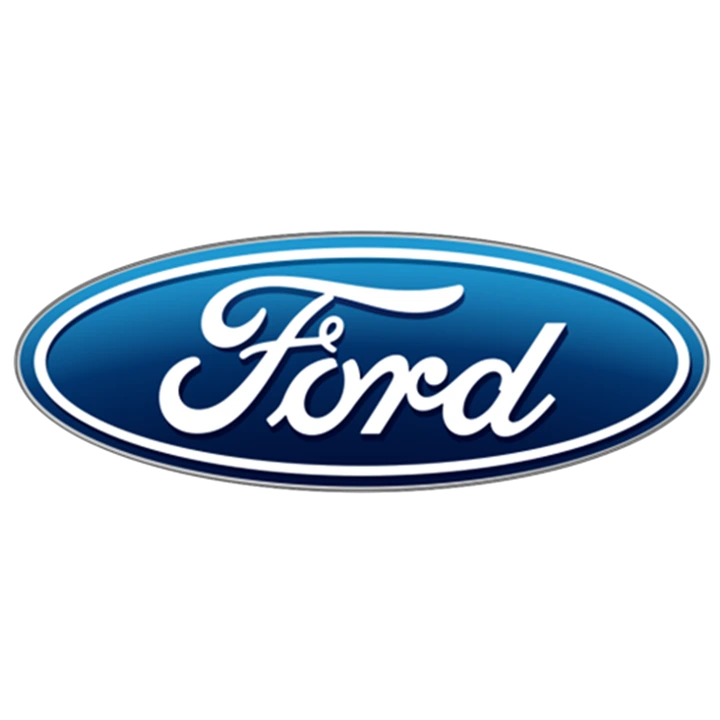
View pictures in App save up to 80% data.
But, from a historical perspective, it's a whole other story. Would you believe that this car actually had a hand in keeping the United States friendly with China after the end of the Cold War, and keeping China on the Favored Nations list in spite of international tensions carrying over from the 1980s? Maybe you can't credit the Ford Tempo with singlehandedly preventing World War III, but Ford can at least add "international peace-keeping" to its corporate mission statement without being called out on it. Here's why.
What is the Connection Between the Ford Tempo and China?
In the wake of the notorious crackdown by the People's Republic of China on the pro-democracy protests at Tiananmen Square in 1989, the United States joined several other countries in responding to the situation. The US halted weapons exports to China and enacted economic sanctions, urging significant reforms during the G7 summit in Houston in 1990. While trade with China was not entirely banned, the US Trade and Development Agency ceased new business initiatives in the country until 2001, and the US continues to refrain from endorsing developmental bank loans in mainland China.

View pictures in App save up to 80% data.
Incorporate CarBuzz into your Google News feed.
Tiananmen Square only intensified the dynamics surrounding the conclusion of the Cold War. To put it simply, the initial warmth between the US and China stemmed from their mutual opposition to the Soviet Union. Once the Soviet threat diminished, the global community began to question the longevity of this fragile partnership. It’s akin to a Royal Rumble scenario, where competitors join forces to take down a dominant player like Andre the Giant, only to turn on one another the moment he’s eliminated from the ring.
At this point in history, China wasn't exactly unfriendly with the US, but things were getting tense, and business interests on both sides of the ocean stood to lose a lot of ground if they didn't make some effort to keep the lines of communication open. One way of doing that was for China to buy a whole bunch of cars from American automakers, and therein lies the origin of the Chinese 1992 Ford Tempo.
Creating an American Vehicle for the Chinese Market
Ford's inaugural venture into the Chinese market resulted in the largest single fleet order ever fulfilled by the company at that time, comprising 3,010 custom-built Ford Tempo sedans (ultimately, Ford would produce a total of 8,200 units for China). The Tempos were from the 1992 model year, which had already proven successful in the U.S. market, with sales figures of 35,149 coupes and 154,762 sedans in 1992. The Tempos designated for export to China were exclusively white four-door sedans, featuring the following modifications:
- The car could now run on leaded fuel
- The suspension system was given a heavy-duty upgrade
- The wiring was given a durability upgrade
- Instrument panels were converted to the metric system
1992 Ford Tempo Performance Specifications - Engine: 2.3L I4 or 3.0L V6 - Horsepower: 100 hp (I4) or 130 hp (V6) - Torque: 125 lb-ft (I4) or 160 lb-ft (V6) - Transmission: 5-speed manual or 4-speed automatic - 0-60 mph: Approximately 9.0 seconds (V6) - Top Speed: Around 115 mph - Fuel Economy: 22 mpg city / 30 mpg highway (I4), 20 mpg city / 28 mpg highway (V6) - Curb Weight: Approximately 2,800 lbs - Drivetrain: Front-wheel drive These specifications provide a glimpse into the performance capabilities of the 1992 Ford Tempo, highlighting its engine options, power output, and efficiency ratings. |
||
Engine |
2.3L NA HSC I4 |
3.0L NA Vulcan V6 |
Power |
96 hp |
135 hp |
Torque |
128 lb-ft |
150 lb-ft |
Drivetrain |
FWD |
|
The Ford sale came to $32 million USD, with the total deal including purchases from General Motors and Chrysler, coming to a tally of $130 million, or around $296 million today, adjusting for inflation. At the time, China was largely dependent on Japanese imports, although the German Volkswagen Santana - which was called the Quantum in the US and would later become the Passat - was actually the best-selling car in the region from the mid-1980s to the mid-1990s.
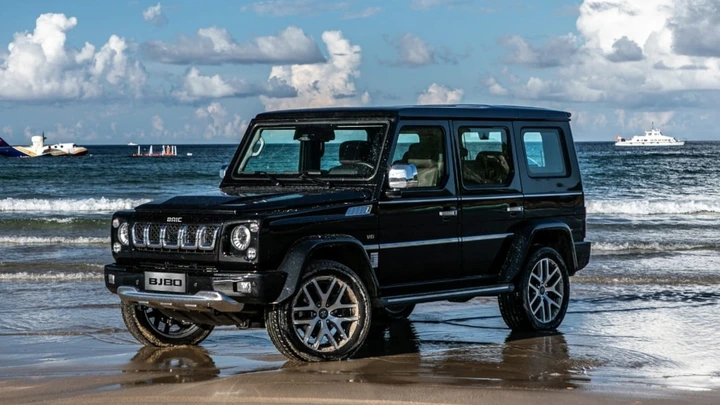
View pictures in App save up to 80% data.
10 Imitation Chinese Cars That Will Likely Never Hit the Market in the USA
Some are more understated, while others are quite obvious. Here are the imitation vehicles that you won't encounter in the United States.
The influx of American motors helped China to diversify its automotive market so that it wouldn't be beholden to any one nation's automotive industry. In other words, Ford was actually doing China a real solid, here. By proving that they could buy cars from America, China had more negotiating leverage to apply when sitting down to talk turkey with Toyota or Volkswagen, because China actually could take its business elsewhere if need be.
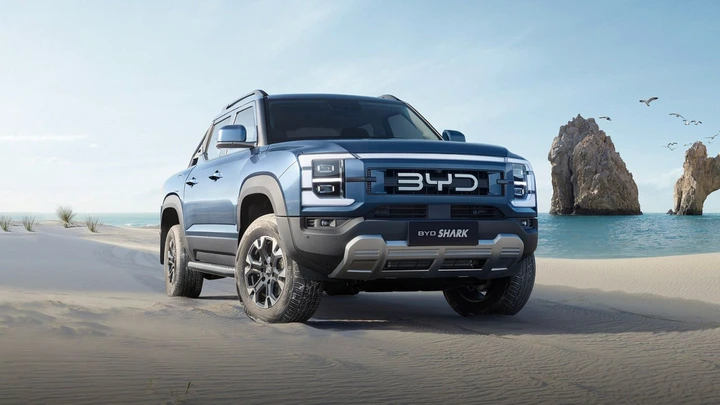
View pictures in App save up to 80% data.
China Takes Another Significant Leap Towards Dominating the EV Market
China is positioning itself to become the leading market for electric vehicles. In contrast, certain regions in Europe and potentially the United States are beginning to reduce their incentives.
The Ford Tempos ordered by the Chinese government were intended for public fleet use, not private ownership. That is, the idea was that you would see these white Tempos serving as taxis and rental cars for tourists. A blog post from Car News China reports that most of these cars actually wound up serving the government, most likely as daily drivers for employees of various departments and agencies across the mainland.
The Strange and Enduring Legacy of the Chinese Ford Tempo
The 1992 Ford Tempo may be a footnote in history, both in terms of automotive history and the history of China's relationship with the United States, but it's a piece of history nonetheless. The Chinese exports did their job, helping to keep us on friendly-ish terms with China in the early nineties by proving that we could still do business. The US-China relationship is still complicated, to say the least, but to this day we're still trading with China, despite vastly different cultures. In 2022, the US and China traded around $758.4 billion worth of goods and services, totaling nearly $200 billion in exports to China, and more than $5 billion in imports, according to the Office of the US Trade Representative.
If you're a gearhead, all of that is probably considerably less interesting than the fact that the Tempos that weren't scrapped have mostly found their way into the hands of private owners, and you can still find used Ford Tempos for sale on the streets of Shanghai if you feel like flying to the other side of the world for a rare collector's piece. According to Car News China, they were going for 25,000 yuan back in 2012, or around $3,400. Whatever the price looks like thirteen years later, it should cost you less than the plane ticket to fly over and test drive it, and we're well past the 25-year rule on imports for these cars.
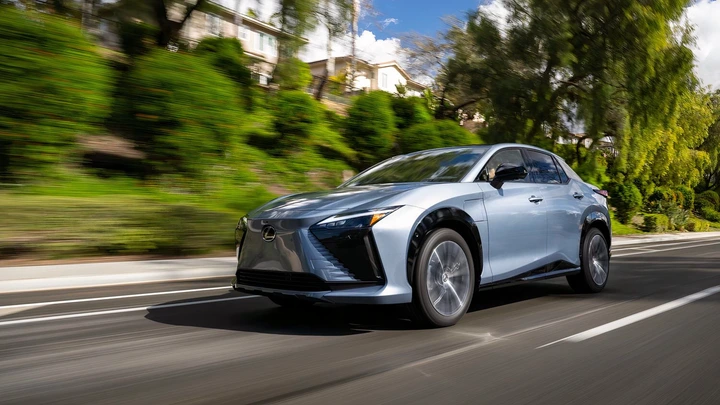
View pictures in App save up to 80% data.
Upcoming Lexus Electric Vehicles Will Feature Chinese Influences
The manufacturing plant will mark the first Toyota facility in China that is independently owned.
Whether or not you'd actually want to fly all the way to China and pay a few grand to import a modified version of a car you can find at any junkyard in the US is another question. The white Chinese Ford Tempo is a fascinating piece of history, and about as rare as a 1989 Jeep Wrangler with its original engine and transmission intact. But scarcity doesn't always translate to value, so the main reason to add this thing to your collection would be the adventure of finding one in the first place.
Sources: New York Times, Car News China, USTR.gov.
